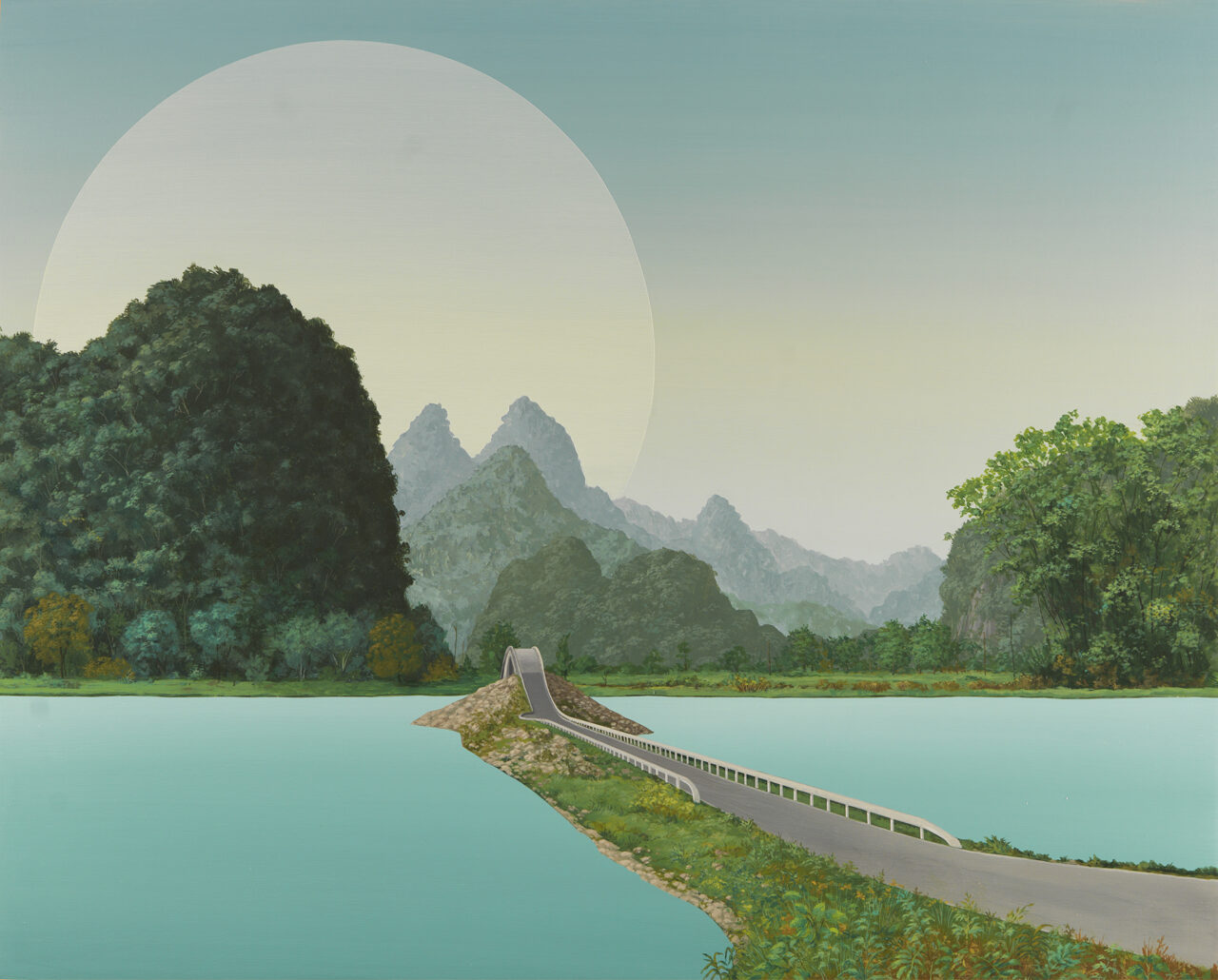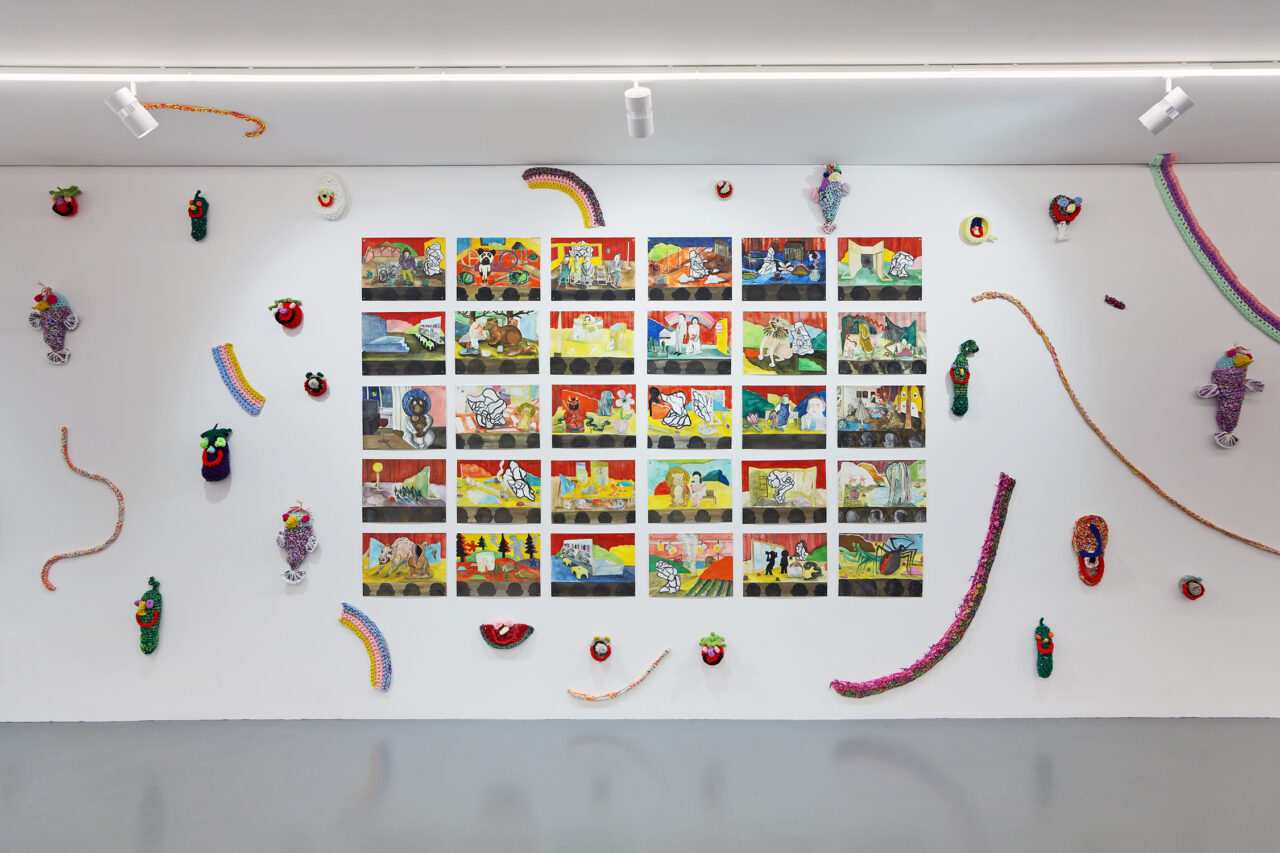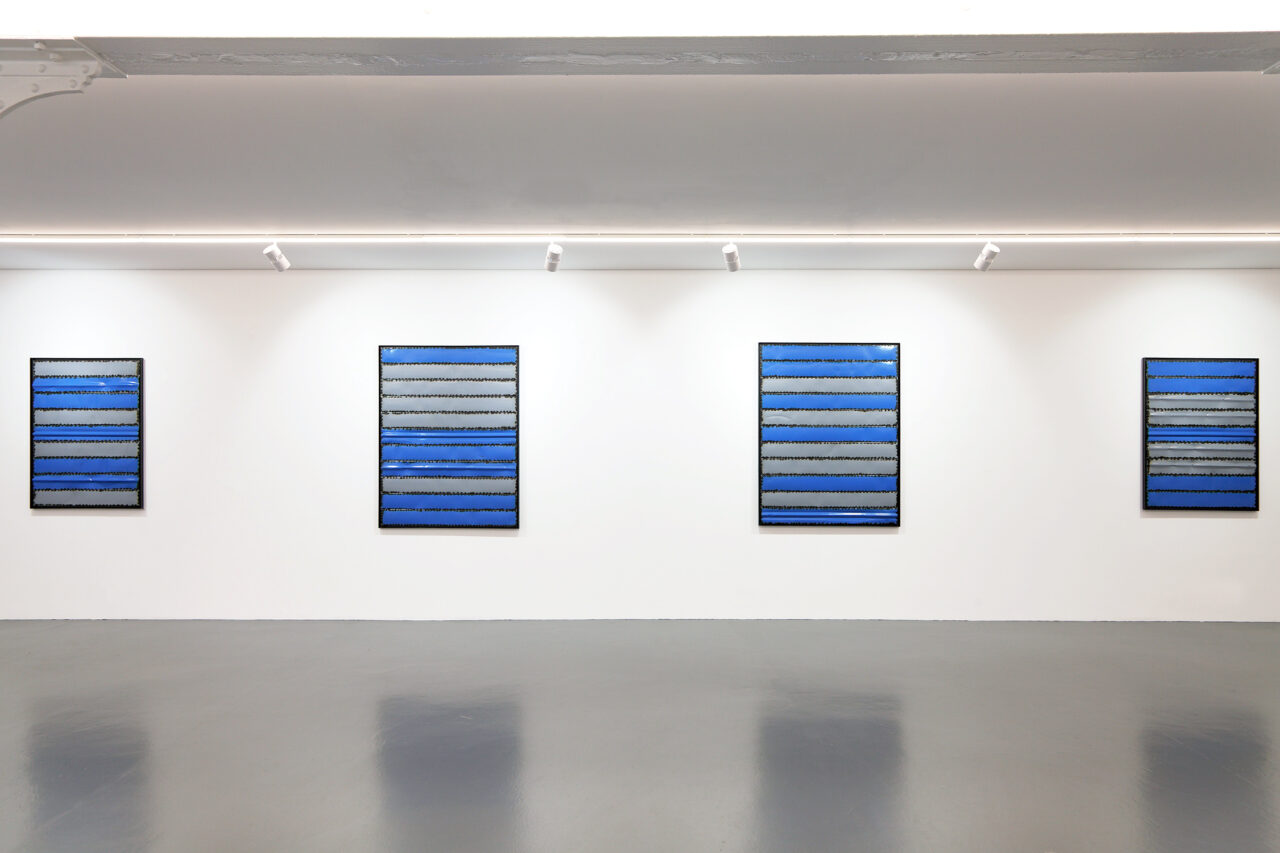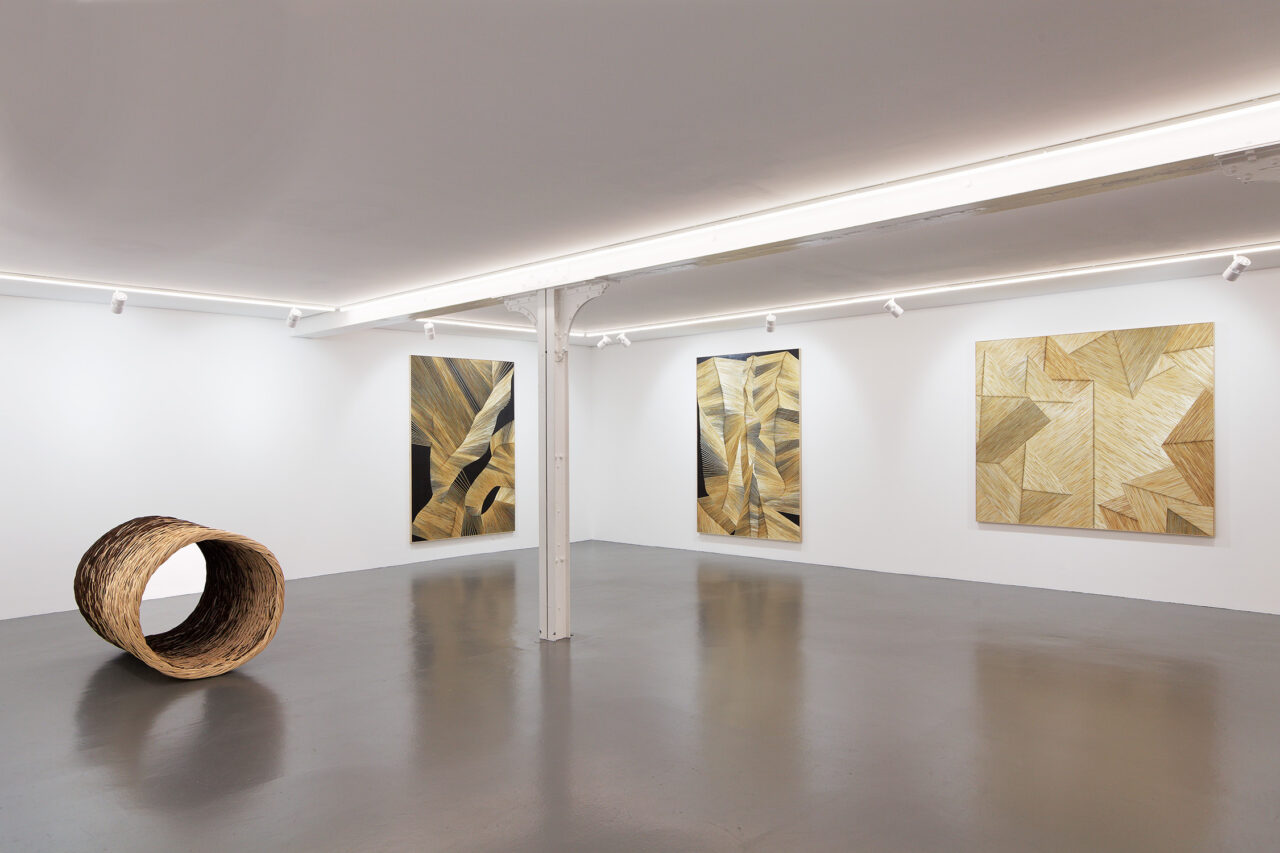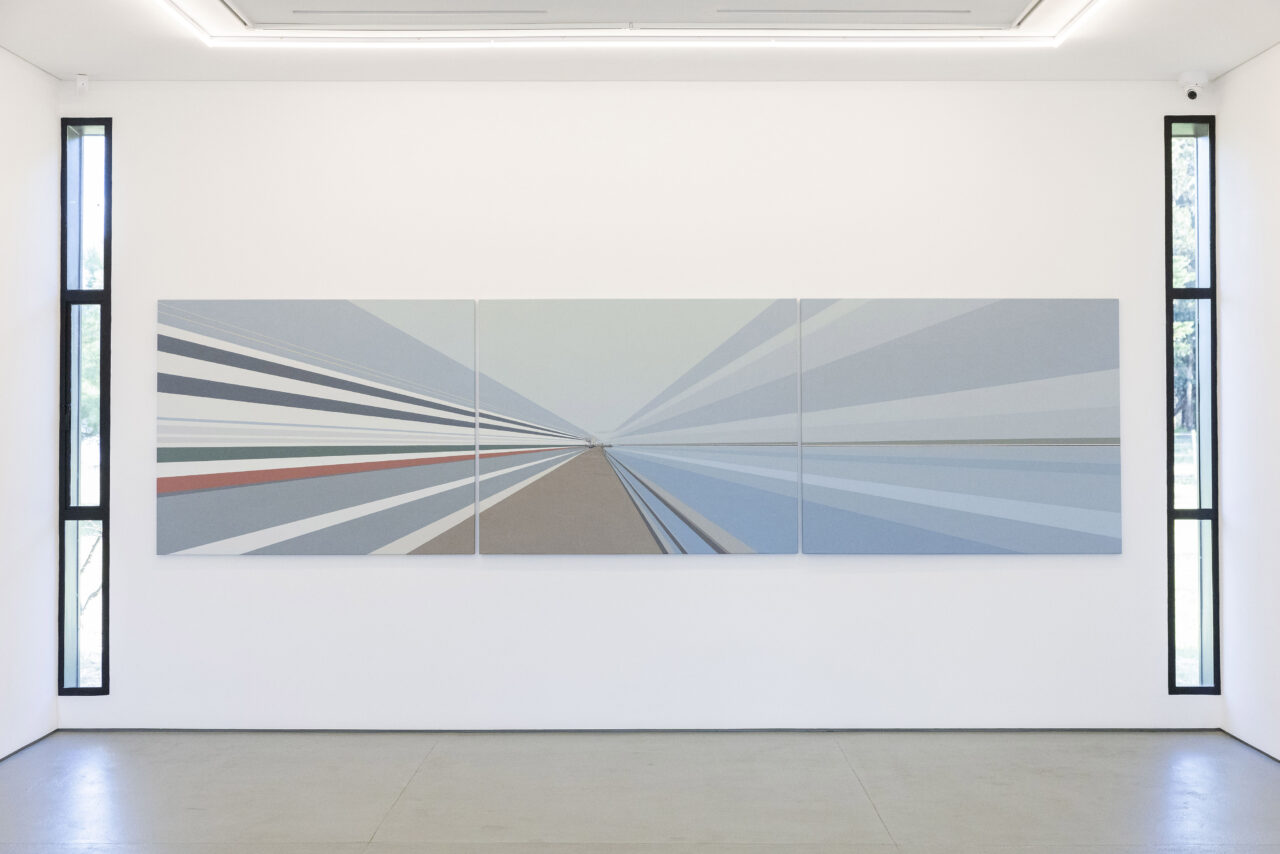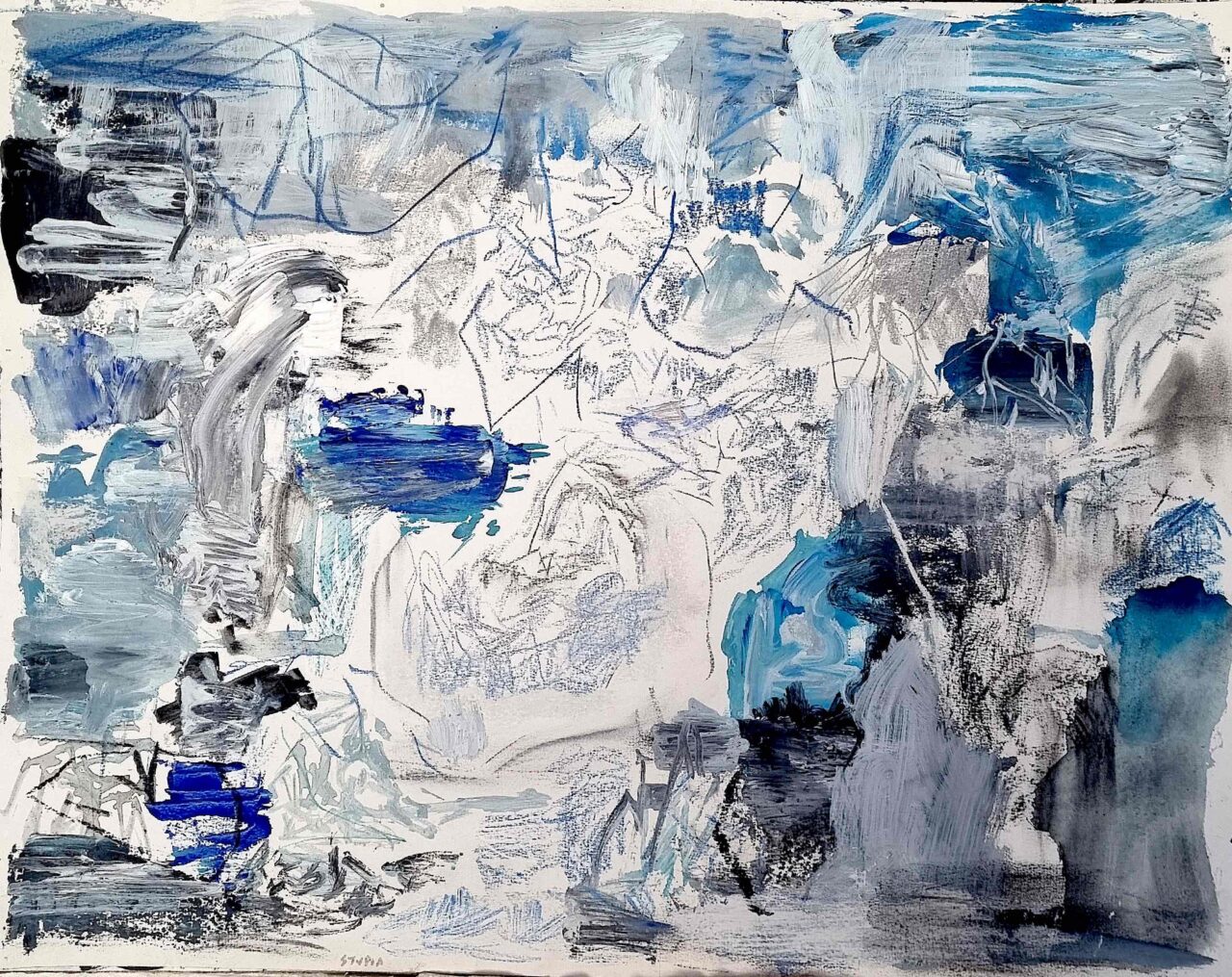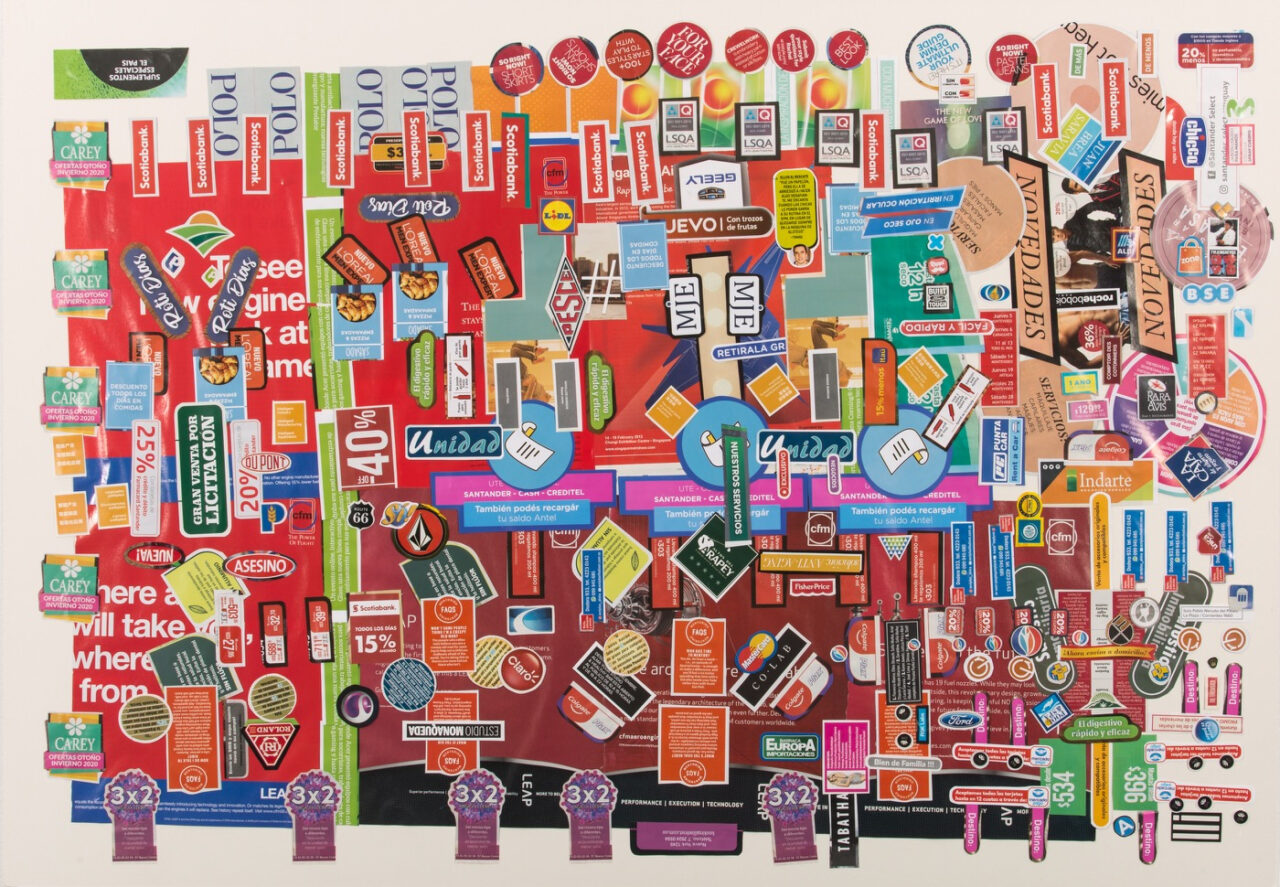Daedalus’ Choice
Daedalus’ Choice
23.02.19 → 06.04.19
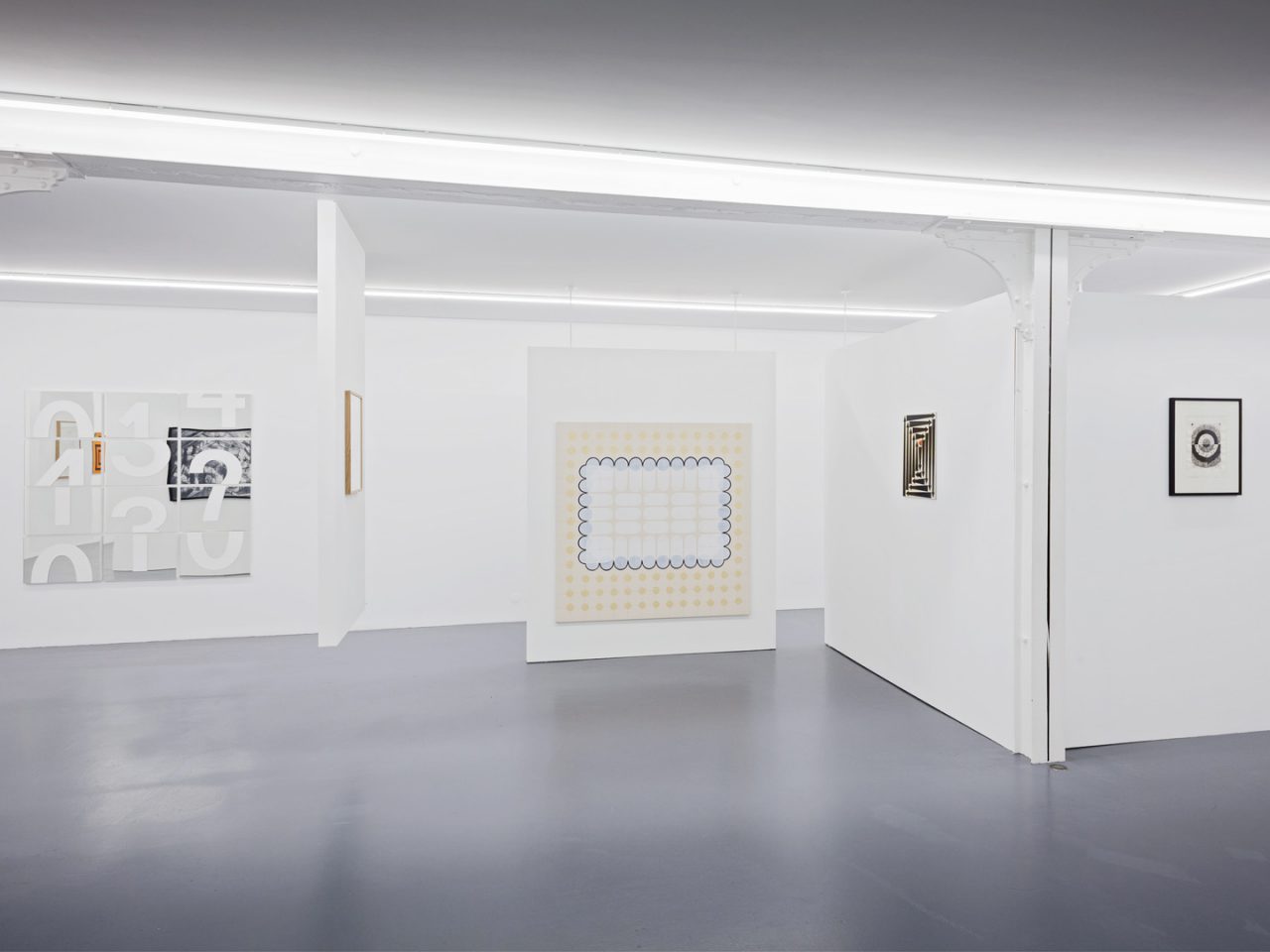
Darren Almond, Vik Muniz, Philippe Ramette, Michael Scott, James Siena, Joël Stein, Dan Walsh, Hannah Whitaker
Daedalus’ Choice, the new collective exhibition at Xippas Paris, brings together the work of eight artists relating to the theme of the labyrinth and its various dimensions. It invites the visitor into a scenographic maze and imagines the fantasised insurrection of a legendary figure, turned curator.
At the entrance, Closed Heliopolis (2007) by James Siena introduces the subject in the form of a labyrinthine city, seen from above. By definition, these representations are devoid of perspective but James Siena draws the city using an algorithm and in this way, creates the illusion of an impasse.
The visitor moves past this by going down the stairs to discover the exhibition route in an underground room. In this staged space, the visitor is confronted with physical or temporal labyrinths. The first piece is Perfect Time (2013), the mechanical clock by Darren Almond. Erected as a totem standing in the way of the entrance to the room, the work is reminiscent of a Borgesian fantasy in which stretches of time do not succeed each other but instead exist simultaneously.
Further on, the photo Winter Landscapes (2014) by Hannah Whitaker questions the restitution of our memories, by showing how a lived experience can shatter into pieces in the corridors of the unconscious to re-emerge in a fragmented form, like a puzzle. Recomposition is also apparent with Philippe Ramette’s contribution, designed for this exhibition, consisting of walls suspended from the ceiling as if they were inverted. On these are hung a series of drawings which humourously introduce the human figure and its existential doubts. As a counterweight, Michael Scott’s work draws our gaze from this suspended architecture and reveals underground labyrinths, made up of tubes, piping and stop valves.
For their part, two pieces by Dan Walsh explore the abstract dimension of the subject. Their titles echo each other phonetically – Treat (2013) and Retreat (2009), and their ornamental composition isolates or multiplies the areas of confinement. This idea of an abstract labyrinth is also found in the work by Joël Stein, who explored this subject since the end of the 1950s and here recalls the Greek iconography of a unicursal labyrinth, and again in the works of James Siena, whose concept uses an algorithm and transforms his work into fluid, moving, or geometric compositions.
Finally, there are mazes in the literal sense of the term, reinterpreted by Vik Muniz, such as Carcere XIV, The Gothic Arch, after Piranesi Prison (2002), a prison imagined by Piranesi at the end of the 18th century or Dog, After Francesco Segala (2001), the dog drawn by the 16th century Italian architect. With the latter it becomes possible to play with one’s gaze, following an imaginary path to find an exit, in the manner of Daedalus.
Exhibition views
-
![IMG_1317]()
"Daedalus' Choice", exhibition view, Xippas, Paris, 2019. Photo: Frédéric Lanternier.
-
![IMG_1324]()
"Daedalus' Choice", exhibition view, Xippas, Paris, 2019. Photo: Frédéric Lanternier.
-
![IMG_1331]()
"Daedalus' Choice", exhibition view, Xippas, Paris, 2019. Photo: Frédéric Lanternier.
-
![IMG_1487]()
"Daedalus' Choice", exhibition view, Xippas, Paris, 2019. Photo: Frédéric Lanternier.
-
![IMG_1466]()
"Daedalus' Choice", exhibition view, Xippas, Paris, 2019. Photo: Frédéric Lanternier.
-
![IMG_1312]()
"Daedalus' Choice", exhibition view, Xippas, Paris, 2019. Photo: Frédéric Lanternier.
-
![IMG_1383]()
"Daedalus' Choice", exhibition view, Xippas, Paris, 2019. Photo: Frédéric Lanternier.
-
![IMG_1400]()
"Daedalus' Choice", exhibition view, Xippas, Paris, 2019. Photo: Frédéric Lanternier.
-
![IMG_1414]()
"Daedalus' Choice", exhibition view, Xippas, Paris, 2019. Photo: Frédéric Lanternier.
-
![IMG_1480]()
"Daedalus' Choice", exhibition view, Xippas, Paris, 2019. Photo: Frédéric Lanternier.
-
![IMG_1477]()
"Daedalus' Choice", exhibition view, Xippas, Paris, 2019. Photo: Frédéric Lanternier.
-
![IMG_1500]()
"Daedalus' Choice", exhibition view, Xippas, Paris, 2019. Photo: Frédéric Lanternier.
-
![IMG_1512]()
"Daedalus' Choice", exhibition view, Xippas, Paris, 2019. Photo: Frédéric Lanternier.
-
![IMG_1471]()
"Daedalus' Choice", exhibition view, Xippas, Paris, 2019. Photo: Frédéric Lanternier.
-
![IMG_1400']()
"Daedalus' Choice", exhibition view, Xippas, Paris, 2019. Photo: Frédéric Lanternier.
















